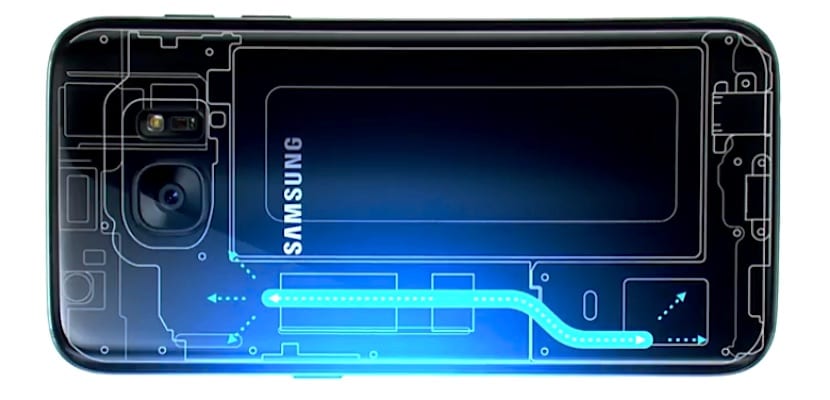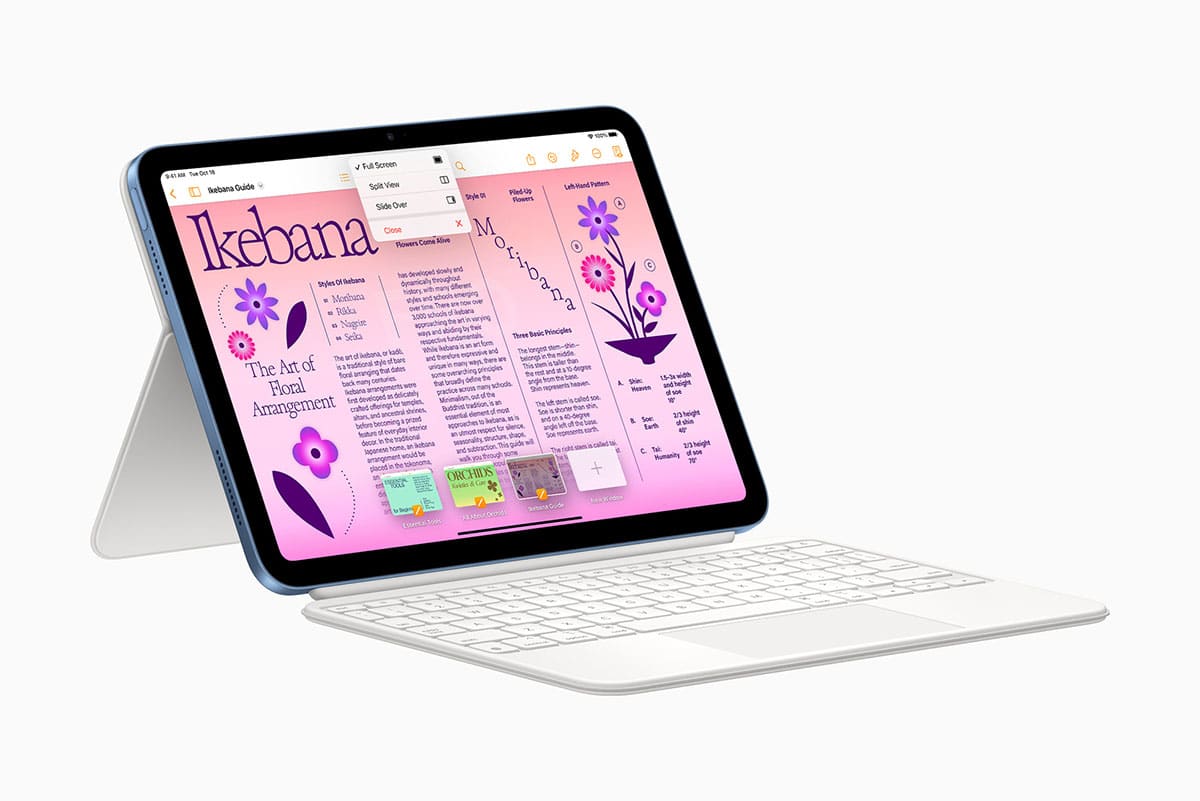
Samsung yesterday presented its new flagships, the new Samsung Galaxy S7 and S7 Edge, two continuous smartphones whose main "novelties" are precisely to recover two characteristics that the previous generation had lost: waterproof (not submersible) and expandable memory through a micro SD. But although it has not been one of the great novelties highlighted by the news headlines, it does bring something new such as liquid cooling. As if it were a car, a small circuit with coolant inside will be in charge of dissipating the heat from the device. It is not the first smartphone to have it, but the fact that Samsung has chosen to include this type of technology may represent a new trend for other manufacturers. Will Apple opt for a similar system? Has liquid cooling arrived so as not to leave?
The liquid cooling system of smartphones is quite simple and although it may sound strange, many computers have used it for a long time. A circuit passes through the components that give off the most heat from the device. That heat that they give off evaporates the refrigerant liquid, cooling those components (the processor in this case). Subsequently, that gas resulting from the evaporation of the refrigerant liquid passes through a meandering circuit where it condenses again, dissipating the heat, and returning to its liquid state, to pass, already cold, through the processor.

While Samsung and other brands seem to bet on this cooling system, Apple even removes the fans from its laptops, simply using the structure of the device and aluminum as systems to dissipate heat from its components.. Aluminum is an excellent material for dissipating heat, and Apple uses it in all its devices. This is precisely the reason why MacBooks get hotter than other laptops, it is not a fault or a bad thing, it is the way they eliminate heat.
Liquid cooling as a system to improve the power and performance of a device? Could apple end up succumbing to the industry trend and use these same liquid cooling circuitry in its devices? I personally doubt it.
